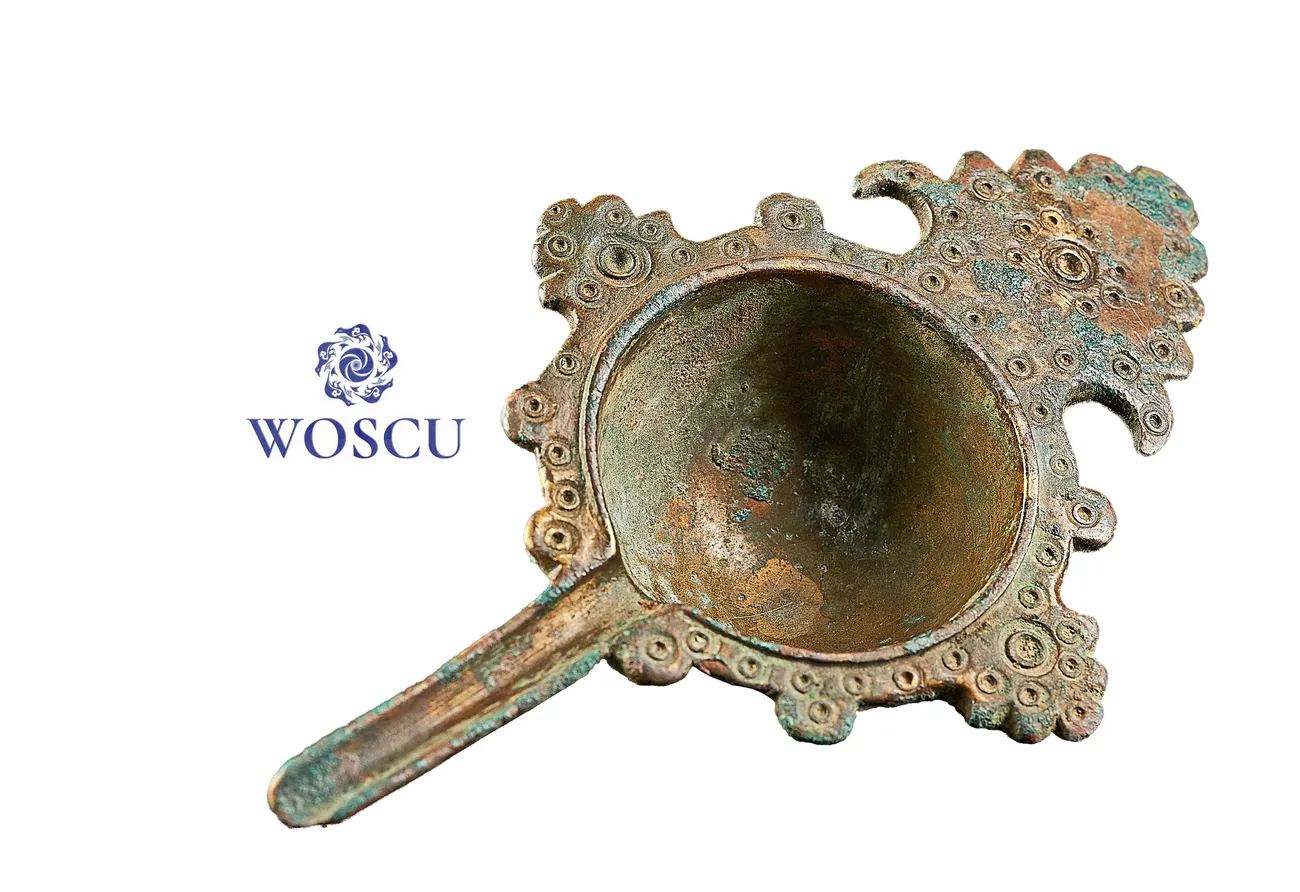The collection represents the most complete groupings of practically all kind of bronze and brass items found in Khurasan and Mawarannahr/Transoxiana from the 9th to the beginning of 13th centuries.
From the history of the Bumiller Collection we know that the collection was formed essentially through acquisitions at auctions and in various galleries that specialized in Eastern and Islamic antiquities. As a rule, information on the objects’ origins, where they were found or produced, is hazy at best. The attributions given in auction catalogues are generally “the East Iranian world” or “Khurasan”. The historical-geographical term Khurasan, derived from the nomenclature of Sasanian Iran and meaning the East, was used by early Arabic and Persian geographers to designate the Eastern lands that were gradually conquered by the Arabs after their victory over the Sasanians.
The original understanding of the term encompassed the territories of modern eastern Iran, southern Turkmenistan, northern Afghanistan, and the historical Mawarannahr, that is to say, the lands to the north of the Oxus/Amudarya River. Gradually Mawarannahr began to be regarded as its own territorial and political unit, separate from Khurasan, but Mawarannahr’s southern territories adjoining the Amudarya, known in antiquity as Northern Bactria and Tokharistan, remained closely linked with Khurasan culturally and politically.
In terms of material culture the connections are evident from the so-called Bactria-Margiana Archaeological Complex (BMAC) dating to the Bronze Age (3rd – 2nd millennia BC). This disposition continued for many centuries, as for example when principalities such as Saghaniyan (the Surhandarya River Valley in Southern Uzbekistan) and Khuttal (in Southern Tajikistan), although they belonged territorially to Mawarannahr, were subordinated in the first half of the 11th century not to the Karakhanid khaqans who had already captured all of the Samanids’ Central Asian possessions, but to the Ghaznavid sultans Mahmud and Mas’ud. Khurasan’s influence can be detected not only in applied art products (metalwork, ceramics) but also in architecture. Thus the famous minaret in Jarqo rghon was built in 1108/09 by the architect Ali b. Muhammad al-Serakhsi.
You can learn more about the topic in the book-album "Collections of the Federal Republic of Germany" (volume XI) in the series "Cultural Legacy of Uzbekistan in the World Collections".
The main sponsor of the project is the oilfield services company Eriell-Group.


